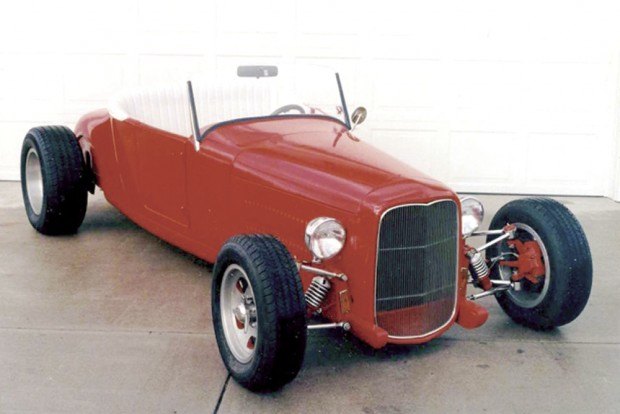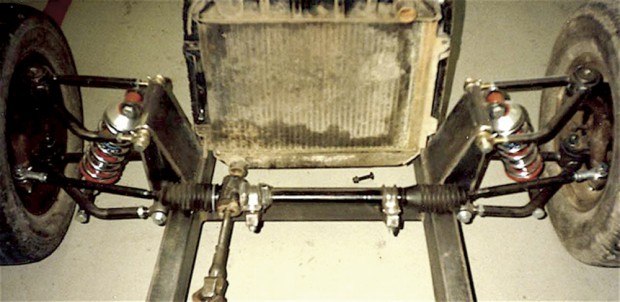Like most old car nuts, I am always looking for old cars and good deals. In talking to a friend, I mentioned that I have a weakness for 1927 Ford Model T Roadsters. “Well, I have one of those
Like most old car nuts, I am always looking for old cars and good deals. In talking to a friend, I mentioned that I have a weakness for 1927 Ford Model T Roadsters. “Well, I have one of those sitting in the pasture on my place,” he said. Was it for sale? Yes. How much? Five hundred bucks. Sold!
The deal was not as simple as it sounds. For one thing, a $500 car is not a complete, running vehicle, and for another, the car was located near Wolf Point, Mont., which is a long way from anywhere. But I went and loaded it up and took it home.
While I love and respect traditional-style street rods, I wanted to go a different route with this project. I conferred with a well-known and respected street rod builder who got the job of building the frame and suspension for the car. A halfway decent welder can do that fairly easily utilizing rectangular tubing, but I wanted the body of the car to sit on top of the frame—highboy style. To achieve the desired “look,” the visible part of the frame had to be rounded so as to appear to be an extension of the body, and create the illusion that the car had a full belly pan. That was one of the hardest parts of the job, but the fabricator nailed it. I also wanted independent front suspension, rack and pinion steering, and front disc brakes, so the fabricator went to work, building upper and lower a-arms out of chrome moly tubing and Chrysler ball joints, with Mustang II disc brakes. A Ford Escort contributed the steering mechanism, and a four-bar rear suspension was fabricated. Chrome Aldan coil-over shocks on all four corners keep the handling tight.
For running gear, I located a wrecked ‘78 Mercury Capri. The V-6 Capri engine was small enough to fit nicely in the narrow confines of the Model T, and with 120 H.P., it was more than adequate for the lightweight body. The Capri’s four-speed transmission stayed with the engine and the rear axle was the perfect width for the roadster, although it had to be drilled to accept 5-bolt rims.
Once the body was mounted, I selected a chopped ‘32 Ford grille shell. Again, the Capri proved to an excellent donor; the radiator fit perfectly behind the grille shell. Assured that everything fit together well, the car was completely dismantled. The body was sandblasted and the frame was powder coated in a color called “Little Red Wagon,” a perfect match for the future paint job. The front a-arms and the windshield posts, which I fabricated out of the tapered tubing of a chair leg, were sent away for chrome plating. A local sheet metal shop fabricated a three-piece louvered hood along with a rolled pan for the rear. I primed and painted the roadster with flame red urethane enamel base coat/clear coat as a do-it-yourself project.
After reassembling the car, it was time for the finishing touches. I used chrome Dietz headlights and ‘39 Ford taillights. I made a dashboard from some scrap stainless steel and constructed the seat frame out of angle iron salvaged from a roll-away bed. The interior was upholstered in pearl-white marine-grade vinyl. A close friend wired the car, and when it was started up, it ran beautifully, with superb handling and plenty of acceleration.
Though I sold the little red roadster years ago, it occupies a prominent spot on my list of “cars I wish I had kept.” But as comedian Steven Wright says, “You can’t have everything. Where would you put it?”
• Wheels in Motion is a weekly feature showcasing interesting island vehicles and the people who own them. Email wheels@thegardenisland.com to suggest a vehicle that should be featured.




